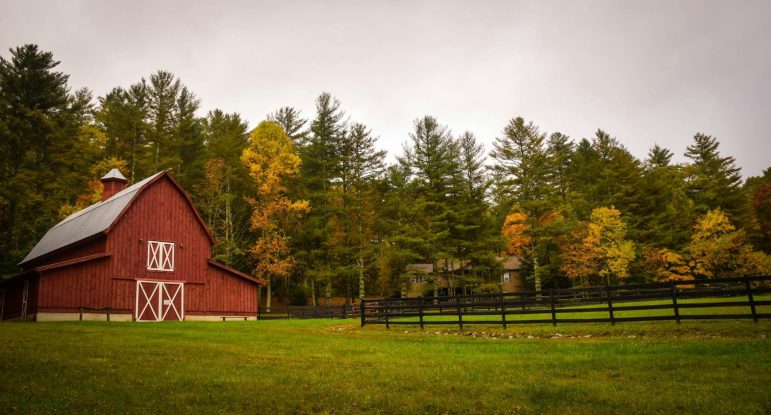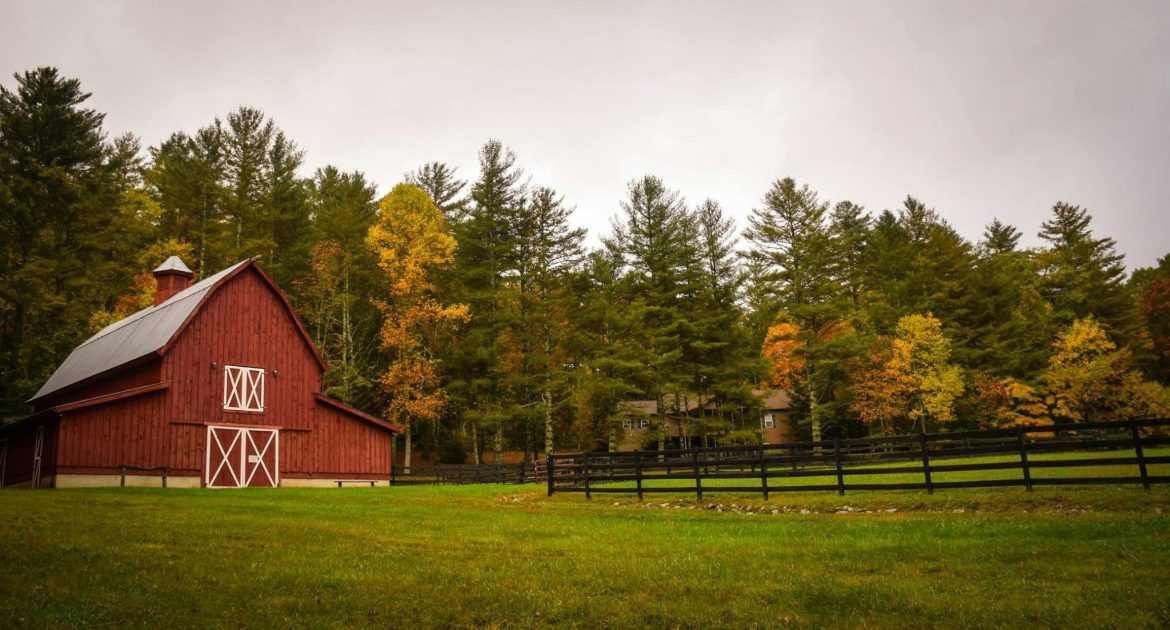
By Clara Lincolnhol
Many Ontario farmers acknowledge the positive benefits of sustainable farming practices but don’t have the manpower to actually adopt them, according to a study published by the University of Waterloo.
The study surveyed around 500 farmers in Ontario. It asked farmers questions about their current farming practices, and their beliefs about sustainable farming practices.
Most farmers had positive beliefs and attitudes about sustainable farming practices. Many said they feel as though they should be adopting them, said Michael Drescher, a professor in the school of planning at the University of Waterloo and coauthor of the study.
“They said ‘Yes, I agree this is limiting erosion. This is protecting waterways. This is good for biodiversity and so on.’ But really, their beliefs had little, if any influence on whether they were really actually doing these things,” Drescher said.
The main obstacle, he said, was labor. Most farmers said they would adopt more sustainable farming practices if they had the labor force to do so.
“It was surprising because they didn’t even say to the same extent that finances were necessarily so constraining, but it was labor,” Drescher said.
Specific sustainable farming practices, also known as “environmental best management practices” mentioned in the study include farm forests, riparian buffers and windbreaks.
Farm forests are the remaining woodlots present in Ontario’s farmlands. Farmers are encouraged to leave the trees on their property because they help reduce the effects of wind erosion, he said.
Riparian buffers are ditches, creeks and rivers with vegetation on the banks. The vegetation slows down water and catches run-off and pollution from fields.
Windbreaks are linear features between fields and roadways. They also help prevent erosion and protect drivers from strong winds.
“We sometimes have drifting snow so hedges and wind breaks can help protect roads and make travel safer in wintertime,” Drescher said.
Ontario has a skilled labor shortage, which significantly affects farmers and limits the work they can do on their farms, said Max Hansgen, president of the National Farmers Union of Ontario.
The National Farmers Union of Ontario works with other agricultural and social justice organizations to lobby governments for change that makes farming more profitable, sustainable and better for the planet. Both large-scale and small-scale operations are affected by the lack of labor, he said.
“Even just amongst my small farm neighbors, they’ll have plans to do things and often it can take years before they can actually get them done,” said Hansgen. “Not for lack of will and often not even for lack of funding but because it’s hard to find skilled people to get behind doing the projects with them.”
Farmers may not cite funding for sustainable projects as an obstacle, but money is an issue when it comes to labor.
One issue with attracting and keeping farm workers for a long time is the current inability to pay them sufficient wages while simultaneously earning a profit. Temporary workers, like students or migrant workers, exist. But long-term farm workers are hard to come by, he said.
“You might be able to hire someone in high school or even a university student for a couple of summers to come and help you on your farm, but getting them up to that $30, $35 an hour, $20 even $25 an hour where they’re willing to stick it out for the long haul is a really hard proposition, because it’s hard physical work,” Hansgen said.
It’s also difficult to retain workers due to inconsistent work schedules. Sometimes there isn’t much to do. But in other parts of the year, like the harvest season, one might be working 60 hours for weeks on end, which can be discouraging, he said.
There aren’t any educational trade programs in Ontario that prepare people interested in working in agriculture to go the laborer route. There are plenty of programs that teach how to operate farms, but not how to work on a farm, he said.
“It’s an unfortunate sword that’s cutting both ways. Right now we need more labor, but our current agricultural system doesn’t provide the wages required to keep skilled laborers in the positions that we want them to do,” Hansgen said.
One of the issues with a globalized food market is that there are widely different subsidies in different countries, states and provinces for different products. If farmers are trying to grow anything that is of marginal economic benefit, it’s very hard to pay domestic staff long enough to keep them on for any length of time, he said.
Hansgen believes that higher, sufficient wages would attract more people to do farm labor.
“I think if we could afford to pay farmers and farm workers $30, $35 an hour, there we’d see a lot of people who would be willing to do the job,” said Hansgen. “It’s just currently rare to find a farm worker who’s making that kind of money.”
